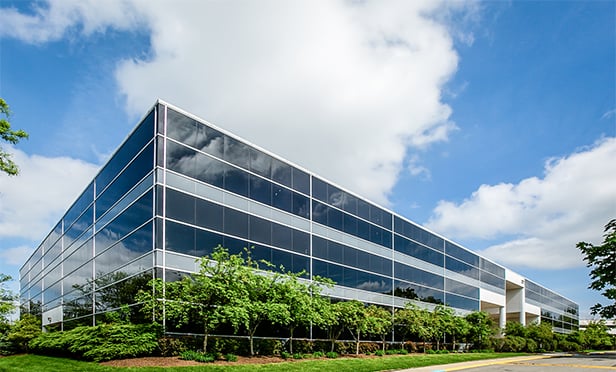An interesting perspective from this tragedy is the impact to some of my clients who tell me that rising fuel costs coupled with the rising costs of delivering their product or service to customers after Aug. 1 has materially hurt their bottom line.
In contrast to retail real estate where the client's locations are the destination, for a few of my corporate real estate clients, their locations are the origination. If a part of your business is in supply, transportation and logistics, a disaster like the I-35W bridge collapse can indeed take a huge toll on you profits due to increased transportation costs.
Well, the more I thought about this, the more I realized that a few of my clients in locations outside the state may well be dealing with a disaster on the scale of the I-35W tragedy on a daily basis. Are you? Consider this hypothetical but not unrealistic scenario:
A successful technology services business with a major hub in the Northeastern US has been around for over 30 years. They have a loyal customer base and their profits have grown steadily. However, due to demographic shifts and suburban sprawl, their customers have, over time, moved farther away in all directions from the client's base of operations. The change was noticeable to management, but not alarming. Why? Well, because their trucks got bigger, products got smaller, routes got easier as freeways expanded and technology for route logistics became more robust. They thought they had their business under control.
When it came time to renew their lease, the client opted to move to new, larger facilities and the economics were favorable for them to move 12 miles west of their downtown location. The first full quarter operating from their new location was a total disaster. The Iraq war hit, gasoline prices shot up, they lost a major client and they realized they had based a real estate decision on a market drivers rather than business drivers.
Foolish, you say? Well I did some validation of this hypothetical situation with my actual clients and this happens more often than you'd expect. Granted, for many companies whose bread and butter business is delivery-based, the intelligent analysis and planning of route logistics gives them an edge. There are many software programs and technology companies around to provide route planning solutions. And for most companies, their supply and transportation network works--everything in the system guarantees customer delivery service is on time and optimized with respect to drivers, routes, equipment and loading/unloading times (think FedEx, UPS, etc.). The problem is that if the system is optimized based on a poor origination (ie: location of the client's real estate), the system is only as good as it can be.
I probed further. How often do you think the real estate people validate decisions with the company's supply, transportation and logistics, people when deciding the optimal location for their new distribution facility? The result--in one case, no one at that particular company believes it has ever happened. My perspective is that there is a huge gap in communication between the two entities in most firms.
If you're in the real estate division of a company like this, why not make a conscious effort to bridge the gap today?
Vik Bangia is senior vice president for the corporate solutions group of United Properties in Minneapolis. The views expressed in this article are the author's own.
© Touchpoint Markets, All Rights Reserved. Request academic re-use from www.copyright.com. All other uses, submit a request to [email protected]. For more inforrmation visit Asset & Logo Licensing.






